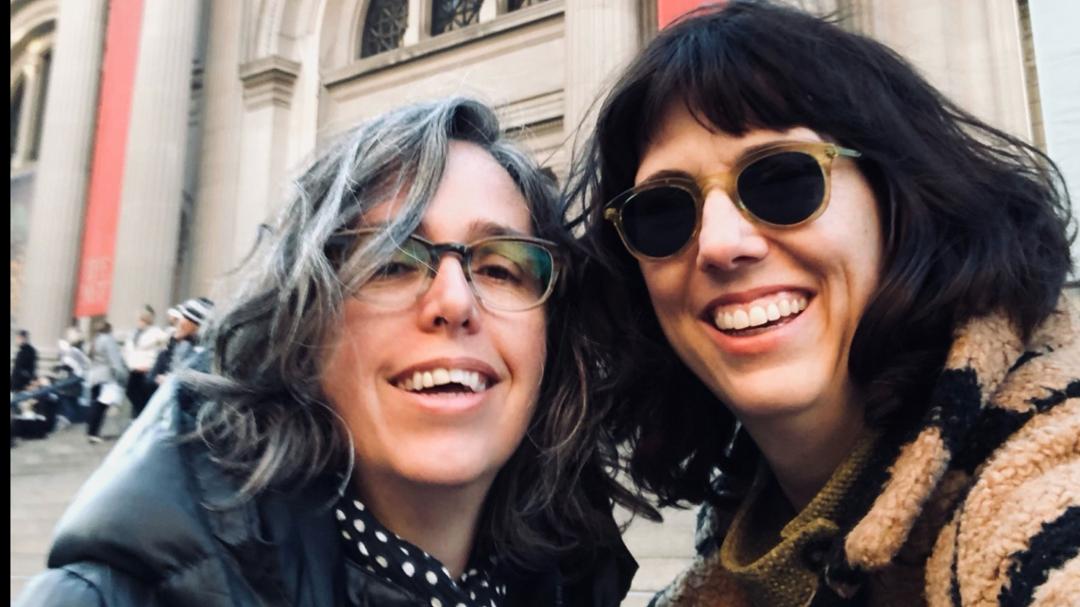Kate Collins and her business partner Erin Mayes are paving the way for future graphic designers and having fun along the way.
Texas Tech University alumna Kate Collins and her business partner Erin Mayes have established an endowment for graphic design students in the School of Art.
“When people hear the word ‘endowment’ they think we gave a huge sum of money,” Collins said. “The endowment is $25,000 but we knew that money would go further at Texas Tech than anywhere else.”
Collins and Mayes are the owners of EmDash, an award-winning design consultancy located in Austin, Texas. They have worked on projects for Caltech, Denison University, National Geographic, Purdue University, Texas Monthly Custom Publishing, the Texas Observer, William & Mary University and many other brands. Their work has received awards from the Society of Publication Designers, Print, CASE, Alt Weeklies, AI-AP and the Society of Illustrators.
In 2013, their design of an album cover was nominated for a Grammy.
Their business might be small, but their accomplishments are anything but.
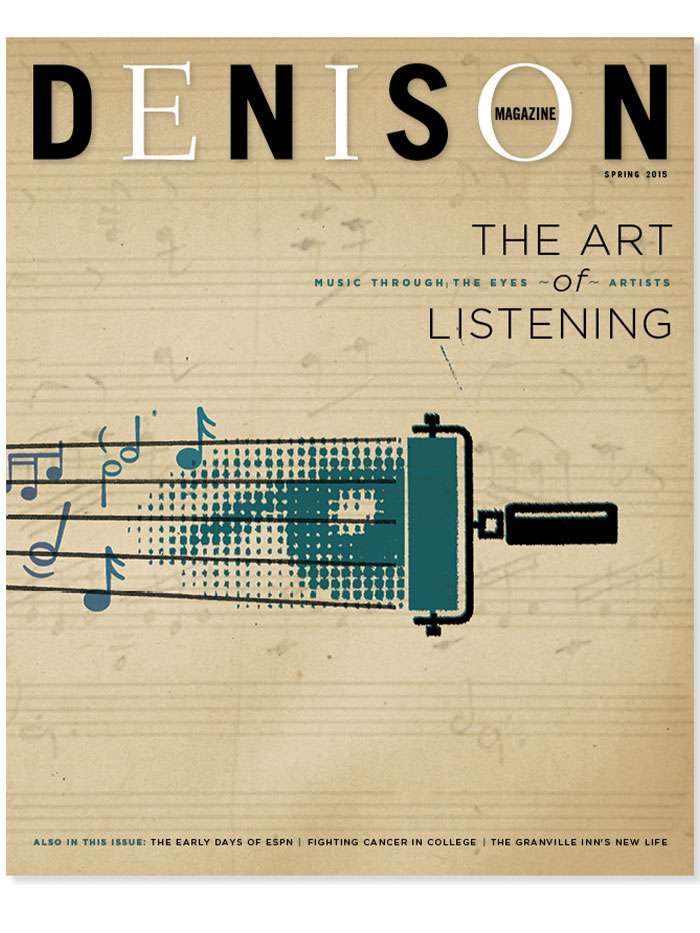
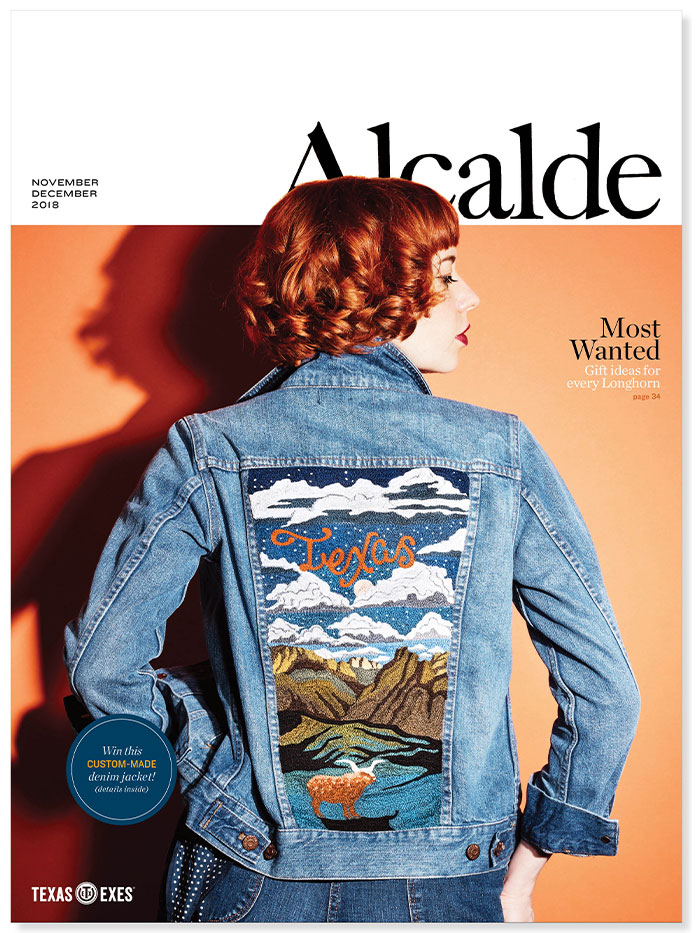
Changing Trajectory
Collins was raised a bit of everywhere with a father in the military. Her family eventually put down roots in San Antonio. Collins finished high school there and then enrolled at Texas Tech, following in her older brother’s footsteps.
“I had romanticized being a doctor,” Collins joked. “I blame George Clooney being in ‘ER’ at the time.”
But after failing out of her introductory chemistry class, Collins realized she might need another calling.
“My father wanted me to go pre-law,” Collins said, unable to see herself in that profession even now.
Collins’ older brother was dating his future wife at the time. She was studying design and showed Collins her portfolio. Transfixed, Collins came back her second year as a graphic design major.
Without a strong art background and already a year behind her peers, Collins fought what she refers to as “major imposter syndrome.”
“It was very much a fake it ‘til you make it situation,” she laughed.
But she felt she was faking it more than she was making it.
At the end of her second year at Texas Tech, she was thinking of transferring to another university. Texas Tech’s design program was going through a lot of transition and lacked some of the support and encouragement Collins needed.
But the universe had other plans.
Simultaneously, Carla Tedeschi was interviewing for the position of program director. In the process, she arranged to speak with students. Collins attended that talk and was inspired. She liked Tedeschi’s ideas and could see the future she was envisioning for the program.
Collins later sat down with Tedeschi, telling her of previous feedback and her concerns. Tedeschi only needed a few minutes – Collins decided to stay.
“Kate was one of the very first students I met while interviewing for my current position and was in one of the first classes I taught at Texas Tech,” Tedeschi said. “Kate was fierce, laser-focused, bright, witty and had the spark for design and an eye for detail that was apparent from the start. And that laugh, anyone who knows Kate knows that infectious laugh.”
Over the next few years, Collins felt at home in the program. She excelled in coursework and made friendships that have followed her throughout her career. She studied with T.J. Tucker who went on to become the art director for Texas Monthly. Another friend was Clayton Thompson who is now the director of brand development at Baylor University.
Collins and her friends spent every moment in the studio.
“It was an idealistic, sweet time,” Collins said. “We were just geeky art students with the right people showing us cool stuff.
“During my third year, my roommates staged an intervention because they never saw me at home. I’m not sure what they thought was going on, but I was just up at the studio.”
In addition to Tedeschi, Dirk Fowler became a lifeline for Collins. Fowler was an adjunct instructor at the time and worked full-time at Fellers Advertising. Collins got an internship under Fowler there, and when she wasn’t in class, she worked on projects at the agency.
When Collins finally graduated in 2001, no one was telling her she was in the wrong profession anymore.
“The person who told me that previously probably wasn’t wrong,” Collins insisted, grimacing when remembering her early work. “But Carla and Dirk really scooped me up, inspired me, and showed me what the industry could be.
“Those two changed the trajectory of my career.”
Pentagram
Soon after Collins graduated from Texas Tech, the 9/11 terrorist attacks occurred.
“It was hard to find work at the time,” Collins said.
She ended up working nights at a television station in Austin, which she recalls as a less than ideal experience. Her dream was to work in magazine design. Sitting in the production booth during nightly newscasts, she felt far from where she wanted to be.
But she had a plan.
“During my time at Texas Tech, D.J. Stout had come to Lubbock for a book signing,” Collins said. “I went to Barnes & Noble to see him and basically stalked him after that, for lack of a better term.”
Stout, also a Texas Tech alumnus, was doing what Collins wanted to do. One of the most accomplished graphic designers in the nation, Stout worked for Texas Monthly before becoming partner at Pentagram, the world’s largest design consultancy. Stout’s work is in several permanent collections including the Cooper-Hewitt, National Design Museum in New York; the Museum of Fine Arts, Houston, and the Dallas Museum of Art.
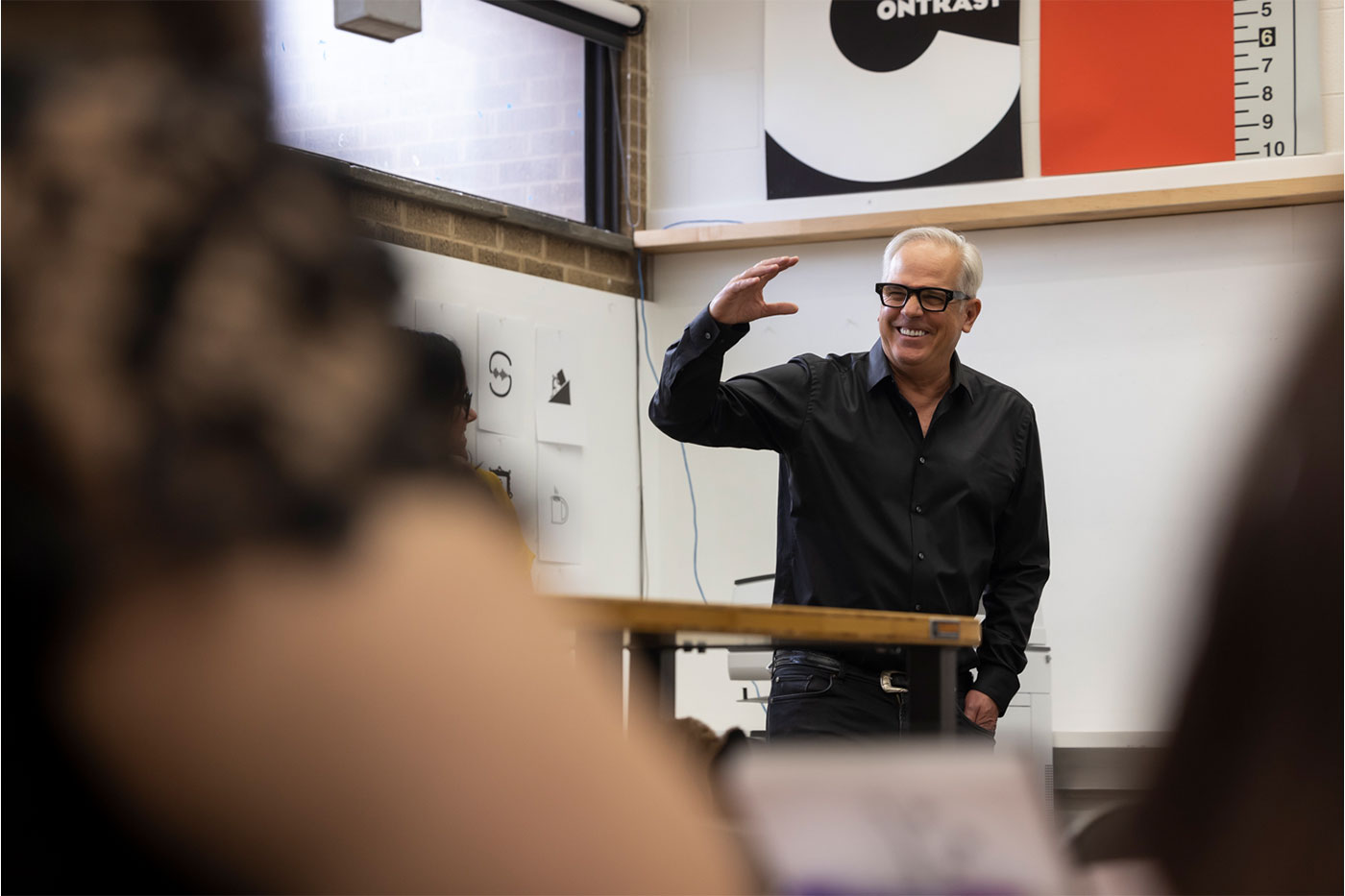
Collins enthusiastically kept up with Stout’s career, hoping to follow in his footsteps.
Throughout the rest of her time in college and even after, any time Texas Tech won a football game, Collins would send Stout an email.
“I wrote him and was like, ‘Go Red Raiders!’” she said. “It was so dumb.”
Her enthusiasm didn’t scare Stout off, though. She got a break a few months into her time in Austin when a custom publishing job for Texas Monthly lost its contractor.
Collins took over.
After getting off work at the station at 4:30 a.m., she would go home and sleep until 8 a.m. and then spend the day fully immersed in the Texas Monthly project. When it was finished, she took the publication and the rest of her portfolio to Pentagram, where she hoped to be hired. But Stout was not the first person to review Collins’ work. Rather, it landed in the hands of senior designer Erin Mayes.
Mayes saw enough potential to recommend her for an entry position at Pentagram.
“Looking back, I cringe thinking of you looking at that,” Collins says to Mayes. “There was decorative stuff in there, not everything was concept-based. I hadn’t had that totally beaten out of me yet.”
“I didn’t think it was bad,” insists Mayes, with a smirk. “Sorry if I was a jerk about it.”
“Nah, you were nice,” Collins replies.
Taking the Risk
And so began Collins’ and Mayes’ working relationship.
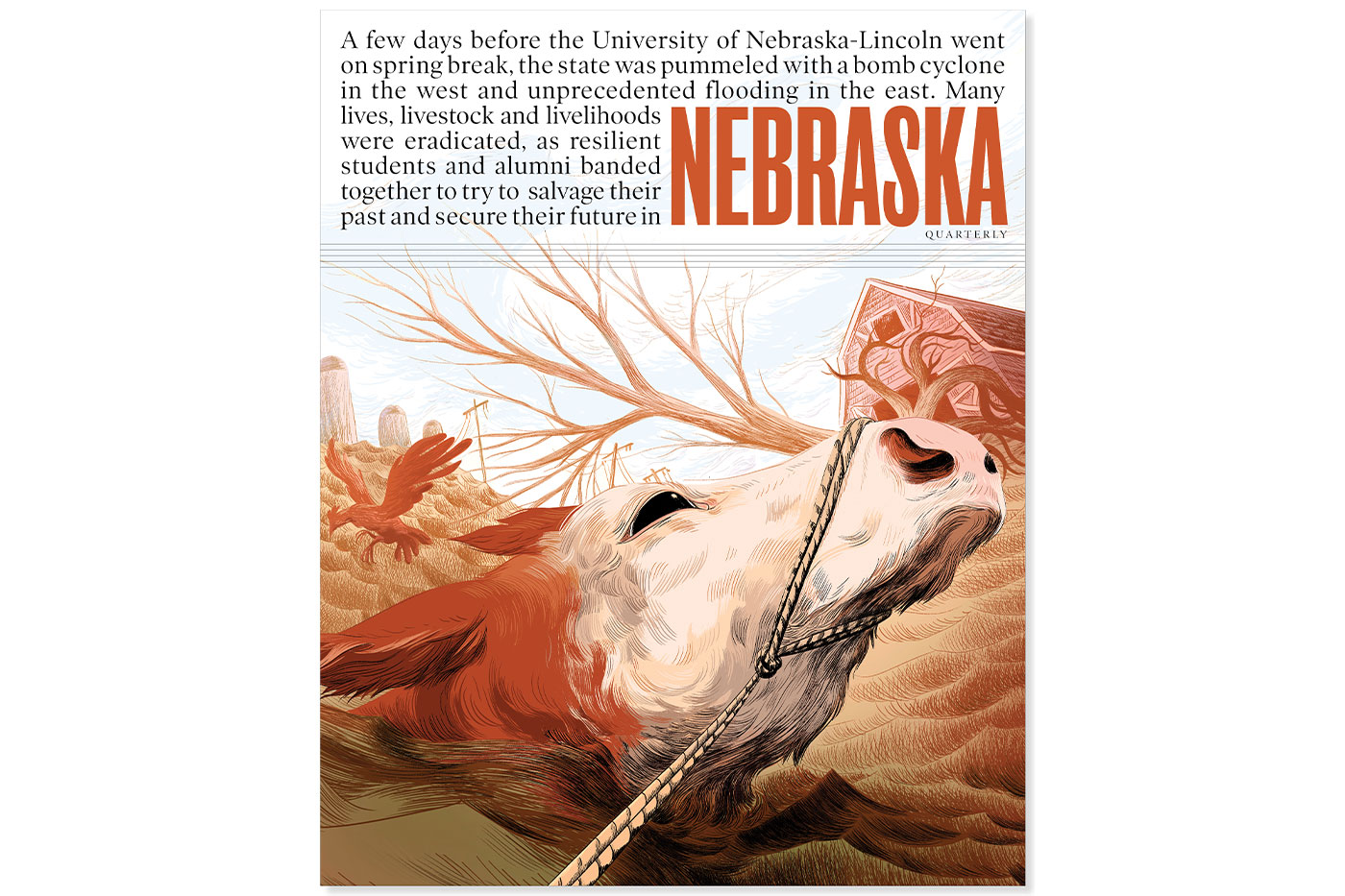
Mayes, a decade older than Collins, had had time to advance in her career. She came to Pentagram via the University of Texas.
She had a jump start working on the student newspaper at West Texas State University (now West Texas A&M) as a high schooler. Her family lived in Canyon, and her father, who worked at the university, was tired of being asked for spending money.
“I was interested in photography and graphic design, but I was told I needed to pick one,” Mayes said.
So, she went with graphic design.
During the early 2000s when the two women worked at Pentagram, they also happened to live just around the corner from each other.
“I was driving a 1972 International Scout that would start about once every five times you tried to drive it,” Collins laughed.
With her car always in the shop, she started carpooling with Mayes. It was during those hours the two went from being colleagues to friends. Their conversation spanned many topics, but often would end with Collins expressing an innate longing to work for a large magazine.
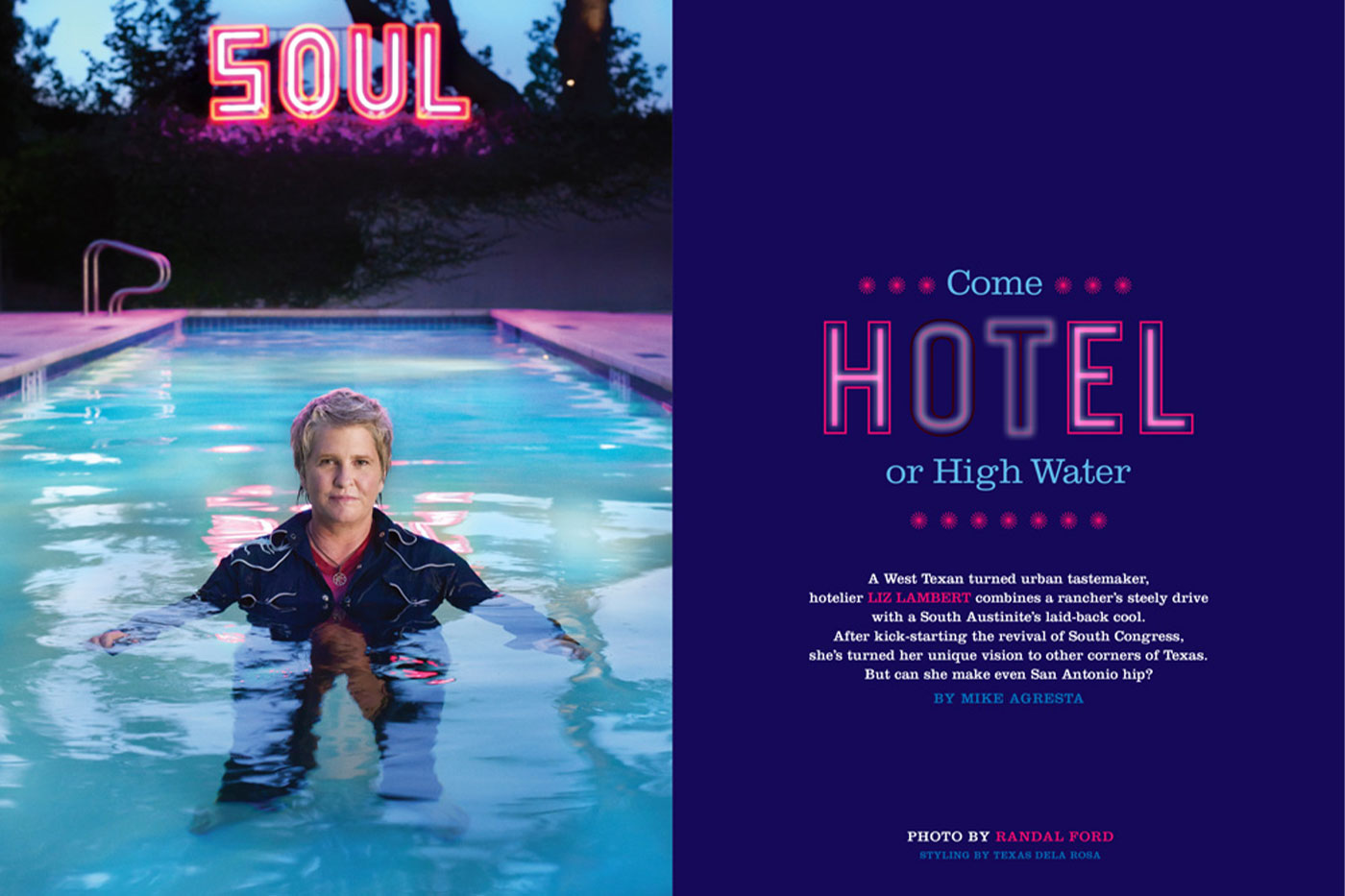
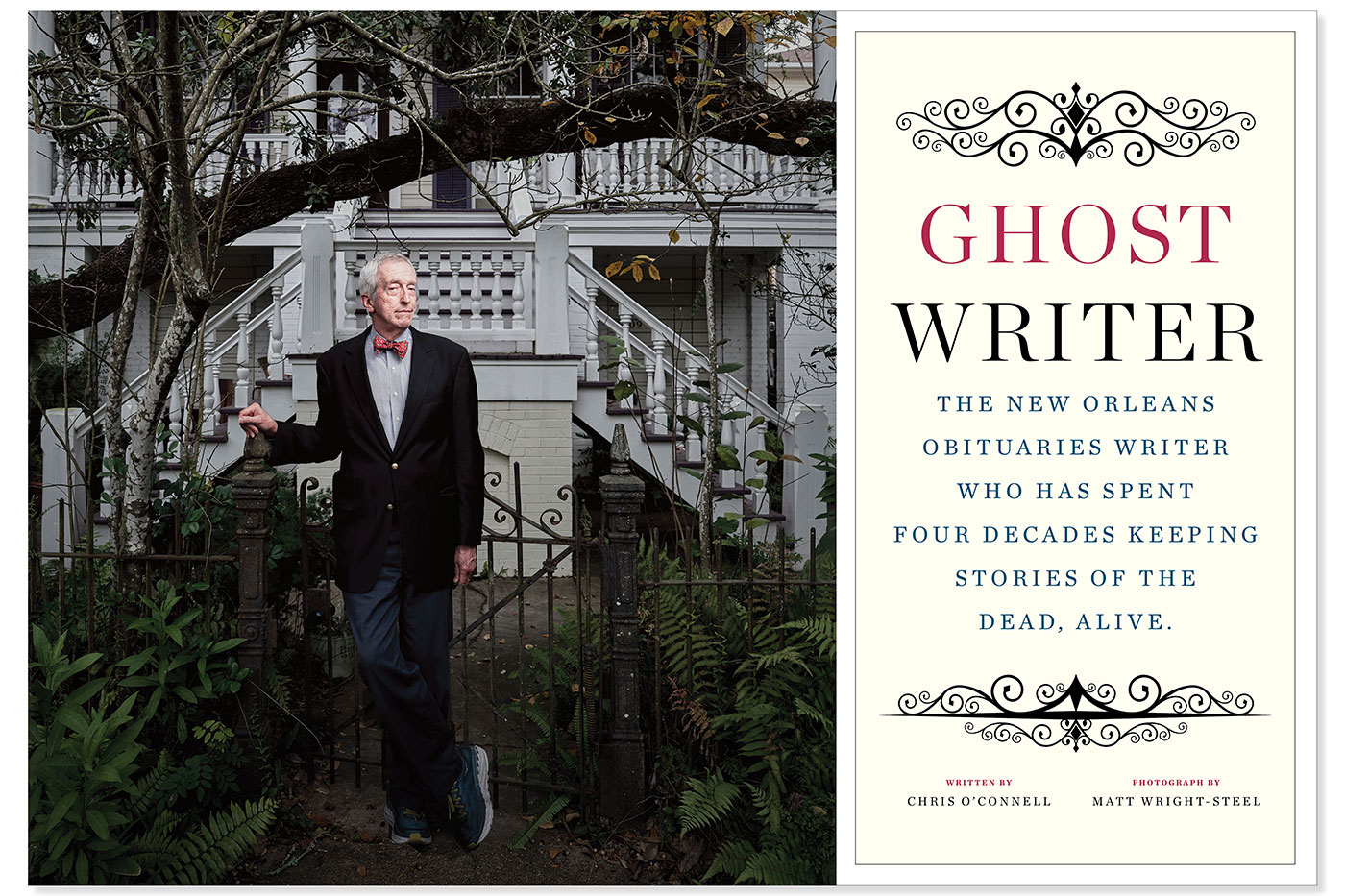
While Pentagram certainly did magazine work, Collins’ dream was to work for a publication and have the creative authority that came with that.
“Why don’t you just go for it and move to New York,” Mayes said to Collins one morning on their drive to work.
Mayes made something that sounded so unattainable, suddenly possible.
“Or she just wanted to get me out of her car,” Collins jokes.
Either way, a few months later, Collins left her “perfectly good job” as she calls it, packed everything she owned into two suitcases, and flew to New York City. As her train pulled into Penn Station, she gathered all her bags and hailed a taxi.
“I was subletting an apartment from my friend, who happened to be Sarah Jessica Parker’s nanny at the time,” Collins said. “So, my first memory of New York was driving to Sarah Jessica Parker’s apartment to pick up a key.”
Collins worked for Time Inc. Custom Publishing before landing her dream job as deputy art director at Outside Magazine.
Collins built up her resume while Mayes took on her biggest adventure yet: becoming a mother. Both women were on their own trail, but they never stopped talking, or as they call it, “scheming.”
There were plenty of phone calls. Mayes continued to be a mentor to Collins. Then one day, Collins got to pay it forward. In 2006, Mayes wanted to go out on her own, starting her own business that would give her more freedom with her growing family.
Collins echoed back her friend’s advice: take the risk.
Mayes struck out on her own, creating EmDash in 2006.
Building Their Brand
As EmDash steadily grew, Collins wondered if there was something she’d enjoy even more than Outside Magazine. It had been her dream, but as she approached her 30s, her dream changed.
Mayes had become one of her closest friends, and now there was an opportunity to create something special together. As a trial run, they decided to work on a custom publishing job for T.J. Tucker, Collins’ old classmate.
“We wanted to make sure we still worked well together,” Collins said.
They did.
In 2008, Collins quit her second perfectly good job and moved back to Austin.
“I started by telling Erin she had permission to fire me at any time,” Collins said, as Mayes shook her head with a chuckle.
“I also wanted to put in sweat equity,” Collins added. “Erin had built EmDash from the ground up and already had a client roster. She was ready to name me partner, but I needed to make it harder than that.”
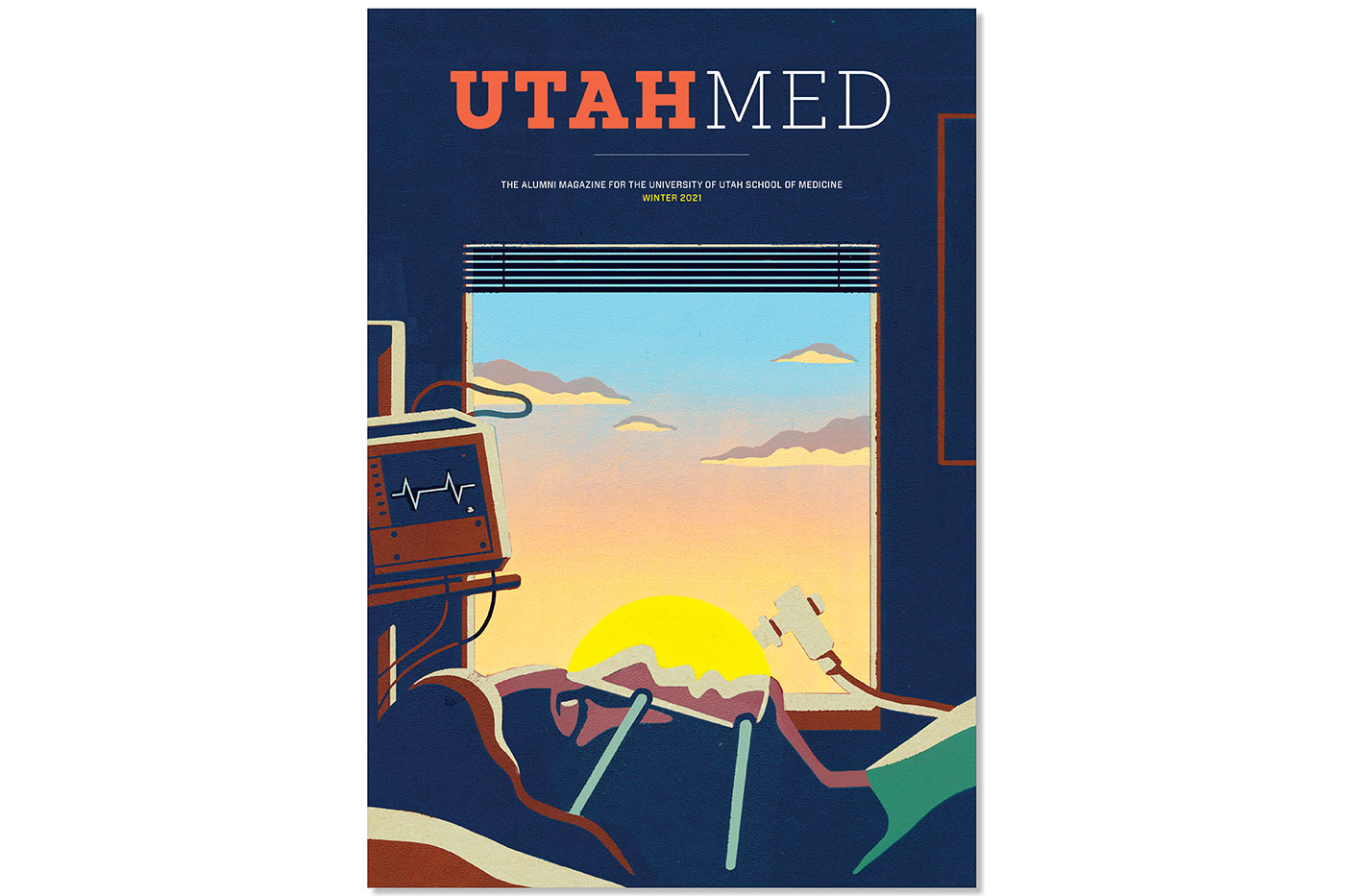
In the 16 years since, Collins and Mayes have indeed built something special. Serving dozens of clients, Collins and Mayes have done a bit of everything.
Today, their specialty lies in higher education publications. They design magazines for Harvard Business School, Berkeley Hass (UC Berkeley), Kappa Kappa Gamma, University of Utah’s School of Medicine, the UT Press, and many others.
In the Summer 2018 issue of Kappa Kappa Gamma’s “The Key,” the cover was an illustrated image of Meghan Markle as an “eyewitness look at the day a Kappa became royalty.” It’s one of the designers’ favorite projects to date.
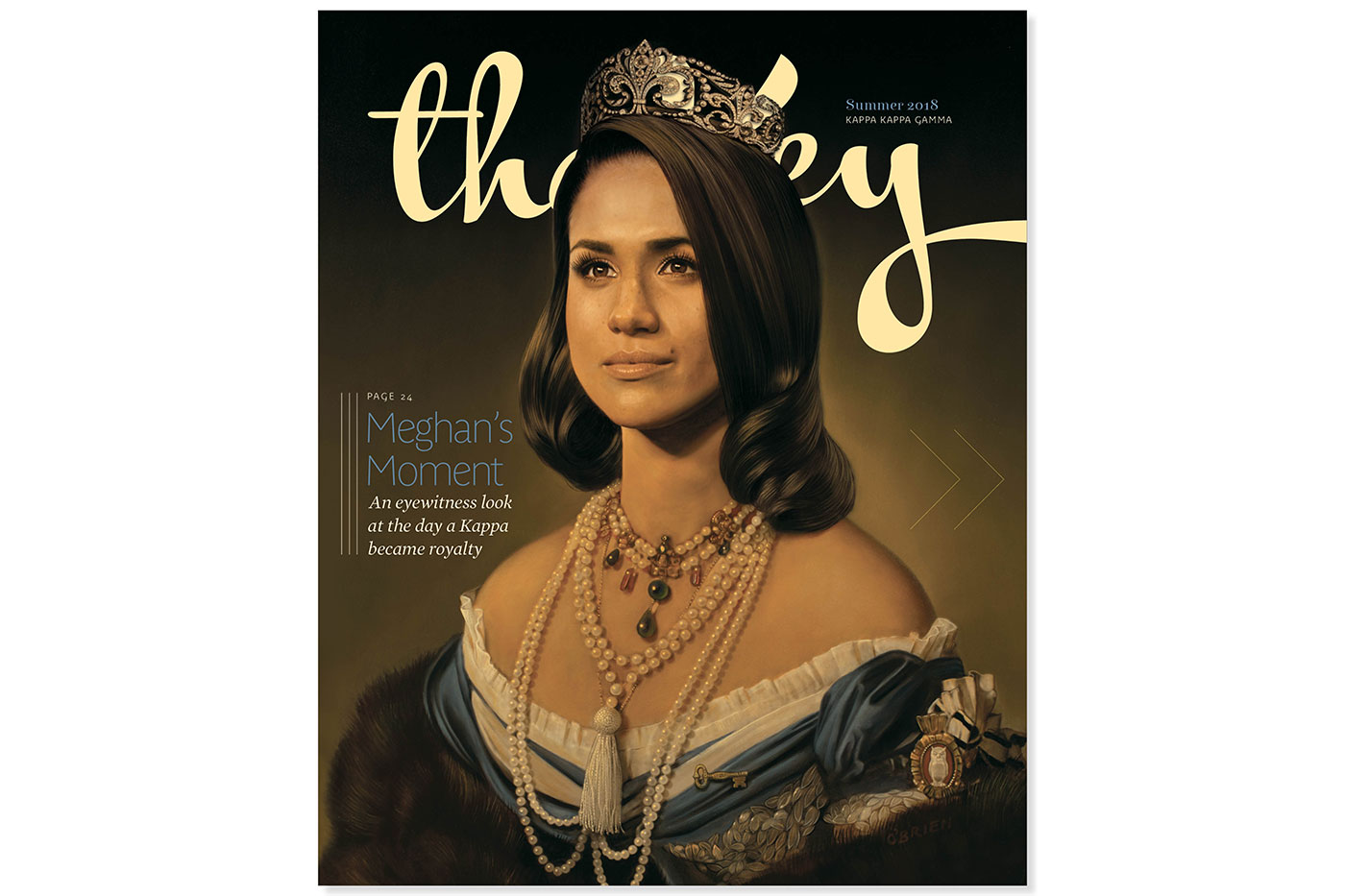
Collins has come a long way from the inexperienced designer with her fake it ‘til you make it philosophy. But she’ll never forget that feeling, or the people who helped her realize her potential.
“Years after Kate was a student, I had the pleasure of meeting Erin,” Tedeschi said. “She is the ying to Kate’s yang, and what a team. Two amazingly talented designers whose many years of generosity through annual scholarships and now an endowment will continue helping our students pursue their passion and love for design.”
Kate has maintained such strong relationships with both Carla and Dirk.
“This endowment is relationally driven,” Collins said.
Even though Mayes didn’t attend Texas Tech, Tedeschi and Fowler are names that any graphic designer from West Texas knows.
“I think about other kids from West Texas like me, just trying to dodge tumbleweeds,” Mayes said. “They need a win.”
Collins and Mayes began giving to Texas Tech in 2015, not only financially but with their time, too. They’ve mentored as many students as they can over the years. But now that they’re both married with their own kids, what they couldn’t give in time, they gave in a financial gift.
“Kate and Erin have been so generous in their support of our program,” said Fowler, associate professor of graphic design. “Their impact is much more significant than just their financial contributions. Their design work and studio philosophies make them tremendous role models and inspirations for our students and faculty.
“They are good people who choose to give back to our profession. The example they set personally and professionally aligns perfectly with the program’s mission.”
Collins and Mayes say they give back because they’ve had so many people pour into them.
“And let’s be real, we have major karmic debt to pay off for all the trees we’ve killed for paper,” Mayes said.
The two hope other Texas Tech alumni will consider investing in their alma mater as well.
“We’re just a small, female-run business,” Collins said. “We don’t have buckets of money, but we hope what we do have makes a difference.”

